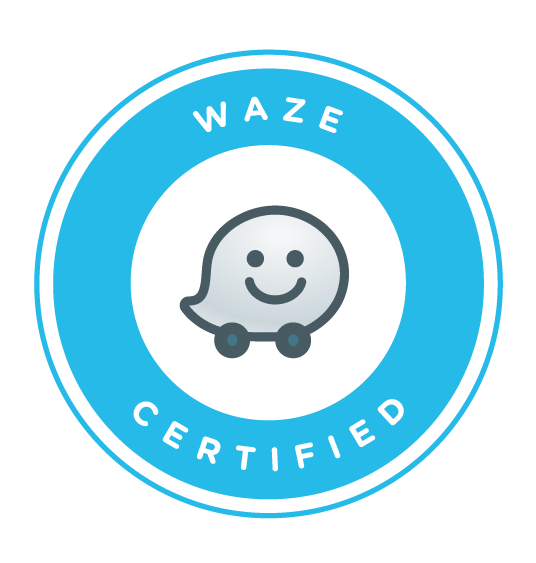
A/B Testing
A/B testing, also known as split testing, is becoming increasingly popular in the world of content marketing, and for good reason too. If done properly, you will be able to really drill down and discover exactly what pushes your audiences buttons.
This invaluable information can then be used to grow your fan or customer base even further, and get them to hit the ‘buy’ button more often.
So, What Exactly is A/B Testing?
As the name suggests, you split your content into two parts – A, and B, get it?
The difference between A and B can be anything – ranging from different headlines (great for email campaigns or sales pages), to different pictures (works really well on social media such as Facebook). Everything else is exactly the same, including what you have to offer or sell.
You pit the two against each other, and see which one wins: Which version gets the most clicks and conversions.
What Should I Test?
You can test absolutely anything, from button colours, to layout, text to images, and it can be used on your website, as well as social media channels.
You just need to make sure that you send each test to a specified number of people, and that you monitor the results closely. In doing so, you get to build up an idea about what works for you and what really sells, meaning you can hone your next campaign even further.
But remember, just because you CAN split test something, it doesn’t necessarily mean that you SHOULD.
The list of changes you can make is endless, but you don’t want to get bogged down split testing absolutely everything!
Split Testing and Facebook
Facebook ad campaigns work really well with A/B testing.
Facebook allows you to target specific audiences and demographics, and to make multiple advert sets and adverts themselves within the same campaign.
By testing different images or headlines & advert text, you can find out what works with your audience.
Tools To Help You A/B Test
There are various different tools out there which have been set up to help you run your A/B tests.
If you use Mailchimp to send out your e-marketing campaigns, then they can be easily set up to help you send different versions to segments of your list, and even send the winning campaign to the portion that didn’t receive either of the tests. Optimizely, on the other hand can be used for your website, it will manage the whole process for you, and automatically analyse the data so you can track your goals right away too.
So, what are you waiting for? We’d love to hear your experiences with A/B testing, leave us a comment below and let us know how it’s working for your business.





